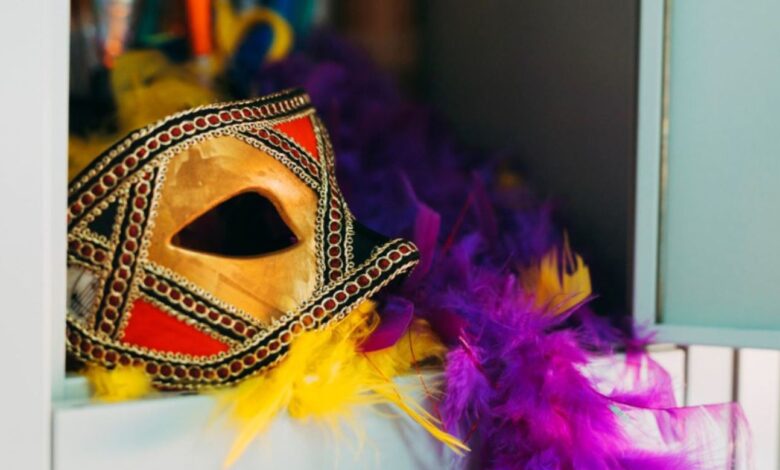The Enigmatic World of Gel Ooru: Exploring Tradition, Innovation, and Community

There’s a term that’s starting to resonate across lifestyle circles, cultural conversations, and even holistic wellness platforms: gel ooru. This seemingly simple phrase has a depth that surprises many people. Whether you’ve stumbled upon it through a friend, discovered it in travel stories, or heard about it in folk traditions, gel ooru carries layers of meaning, practice, and cultural pride.
In a time where people are searching for authentic, grounded ways to connect with their roots, gel ooru is emerging as more than just a concept — it’s an experience. Some look to gel ooru as a cultural heritage anchor, others see it as a lifestyle practice, and a growing number view it as an opportunity to fuse traditional wisdom with modern sustainability. Whatever your angle, understanding gel ooru can open your eyes to a world where community, ritual, and the rhythms of nature still matter.
Understanding the Essence of Gel Ooru
When you first hear the term gel ooru, it might sound exotic or unfamiliar. Yet its power lies in how universal its themes can be. Loosely interpreted, gel ooru often points to a sense of place, belonging, and collective identity. For centuries, people have turned to gel ooru as a way of defining where they come from, and who they share that place with.
The term is deeply tied to land, tradition, and human connection. In rural communities, gel ooru can reflect the pride of ancestral villages, capturing a heritage that’s passed down through generations. It’s not just about physical geography; it’s about emotional landscapes too — the stories, the festivals, the everyday rituals that make a place feel like home. That’s the magic of gel ooru — it brings together memory and meaning in a living, breathing form.
People drawn to the idea of gel ooru often say they feel something stir within them, a kind of nostalgic pull to simpler times or a more rooted way of being. Maybe that’s why gel ooru is gaining traction among those searching for authentic cultural touchpoints in an increasingly digital and disconnected world.
Gel Ooru as a Living Tradition
What makes gel ooru more than a historical artifact is its living, evolving nature. Unlike a static monument or a dusty museum piece, gel ooru traditions continue to adapt with each new generation. Locals might celebrate harvest festivals with modern music but still maintain ancient dance steps. The cuisine evolves with new crops but holds on to heirloom spices and time-honored cooking techniques.
This blend of old and new is what makes gel ooru so fascinating. People from the city often return to their gel ooru villages to reconnect with these traditions, reminding themselves of values and practices that get lost in urban sprawl. When they do, they might notice how elders have preserved folk songs, proverbs, or weaving techniques — all while being open to innovation that helps the community thrive.
At its heart, gel ooru is not about clinging blindly to the past. It’s about honoring legacy while giving space for creative growth. You can think of gel ooru as a dynamic cultural handshake between yesterday and tomorrow, a place where continuity and change dance in harmony.
The Role of Gel Ooru in Community Identity
Identity is a powerful human need, and gel ooru helps meet that need by offering people a collective sense of who they are. In many cultures, your gel ooru is your first introduction to community life. It might be where you learned local dialects, listened to folk tales, or watched processions and fairs that marked seasonal transitions.
This community-centered approach nurtures resilience. Knowing that you belong to a gel ooru creates a safety net of relationships — people to rely on in hard times, and people to celebrate with in moments of joy. That web of social support is priceless, especially in a world where isolation is increasingly common.
People often return to their gel ooru to renew these bonds. Weddings, naming ceremonies, and milestone birthdays are commonly held back home so that everyone in the extended circle can take part. There’s a sense that milestones only truly matter if they’re witnessed by those who know you best — and your gel ooru guarantees those witnesses are there.
Reviving Interest in Gel Ooru Among Youth
You might assume younger generations have abandoned their gel ooru, drawn to city lights and global lifestyles. But surprisingly, many youth are rediscovering their gel ooru roots with fresh eyes. They see it not just as a relic, but as a foundation for sustainable living, cultural pride, and personal belonging.
Social media has played a huge role in this revival. Videos of traditional crafts, reels from community festivals, and vlogs showcasing rustic village life have sparked curiosity. Urban youth, hungry for authenticity, travel back to document their gel ooru experiences, sharing them with global audiences who crave genuine stories.
This exchange of knowledge is breathing new life into gel ooru traditions. Old art forms are getting modern interpretations, folk music is being remixed, and local foods are rebranded as gourmet experiences. Rather than fading, gel ooru is finding new relevance in a fast-paced world.
Gel Ooru and Sustainable Practices
Another reason gel ooru is finding its way back into conversations is sustainability. Rural communities have been practicing sustainability long before it was a global buzzword. Crop rotation, rainwater harvesting, and community-based resource sharing are all part of the gel ooru ethos.
People are realizing these practices offer powerful solutions to today’s environmental crises. Reconnecting with gel ooru traditions means learning how to live in rhythm with the land rather than exploiting it. For instance, seed-saving rituals that are part of many gel ooru cultures ensure crop biodiversity, while communal labor systems reduce waste and increase efficiency.
There’s a lesson here for anyone trying to design a greener future. The wisdom of gel ooru shows us that sustainability is not a new concept invented in boardrooms, but a timeless way of life nurtured in villages around the world.
